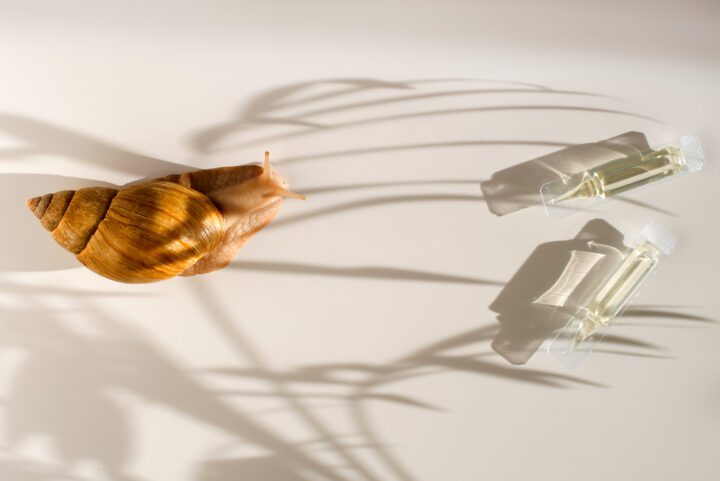Regulate Cellular Processes
Cells are the basic building blocks of all living systems, so cellular processes dictate how physiological processes occur within those systems. Cells (whether entire unicellular organisms or parts of multicellular living systems) grow, metabolize nutrients (that is, chemically transform them), produce proteins and enzymes, replicate, and move. Cells as part of multicellular systems rarely act alone, instead having ways to signal to start and complete simple to quite complex interactions. How skin heals is a good example of the role of cellular processes. Blood cells called platelets release clotting factors to stop the bleeding; white blood cells rid the area of foreign materials and release molecules to coordinate healing; cells called fibroblasts start rebuilding using proteins called collagen; new blood vessels form; and skin cells called keratinocytes create the new surface.
Protect From Microbes
In living systems, microbes play important roles, such as breaking down organic matter and maintaining personal and system health. But they also pose threats. Bacteria can be pathogens that cause diseases. Some bacteria create colonies called biofilms that can coat surfaces, reducing their effectiveness–for example, inhibiting a leaf’s ability to photosynthesize. Living systems must have strategies for protecting from microbes that cause disease or become so numerous that they create an imbalance in the system. At the same time, living systems must continue living in harmony with other microbes. Some living systems kill microbes. Others repel without killing to reduce the chances that microbes will adapt to the lethal strategy and become resistant to it. For example, some pea seedlings exude a chemical that inhibits biofilm buildup.
Biological Control of Populations, Pests, Diseases
An ecosystem must prevent overpopulation of any given species within it, as well as the spread of pests and diseases, to allow organisms to survive without threatening extermination of other organisms or ecosystems. To control pests and diseases, living systems use such strategies as developing antibodies and killing or repelling pests or disease-causing organisms. Ecosystems have checks and balances to maintain populations, pests, and diseases. For example, in a lake, a balance of predators, prey, and nutrients is crucial for proper functioning of the ecosystem. Predatory fish keep down the numbers of smaller prey fish, which in turn keep populations of algae-eating zooplankton in check. When the levels of any of these organisms change, the change can disrupt the health of the entire ecosystem.







